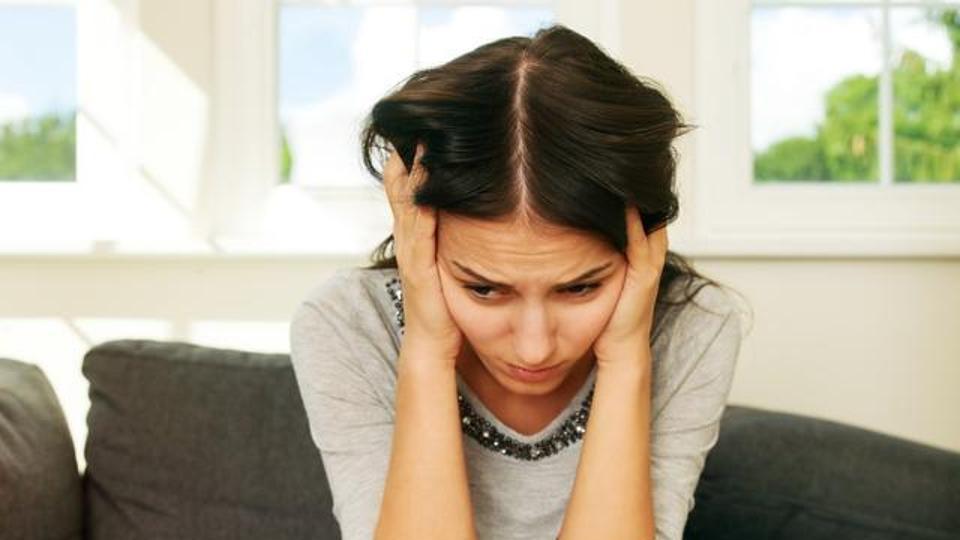
Every year it happens like clockwork, yet every year nothing seems to soften the blow – the anticipation and excitement of the holidays have come and gone, and our New Year’s resolutions have either been maintained through January or have faded into a distant memory – the cold days of winter have settled in.With it comes a seasonal pattern of major depressive episodes that affect about 16 million people each year, according to Mental Health America.
Statistics on Seasonal Affective Disorder, according to MHA:
-4 out of 5 SAD sufferers are women.
-The main age of onset of seasonal depression is between 20 and 30 years of age, however symptoms can appear earlier.
-In a given year, about 5 percent of people experience SAD.
-These bouts of depression can manifest as episodes classified as Seasonal Affective Disorder (SAD), or a series of symptoms known as the winter blues, thought to be triggered by deficiencies in light and Vitamin D exposure, and the consequential impacts on people’s ability to absorb serotonin, according to NYC-based psychotherapist, Katherine Schafler.
However, there are ways to fight these all too common conditions, and manage symptoms by getting out and engaging in new activities. Airbnb partnered with Schafler to share her top 10 reasons people experience the winter blues.
-The inability to absorb serotonin – the neurotransmitter you’re always hearing about – that can heavily impact your mood
“Cooking new foods can help manage your moods,” said Schafler. “Tryptophan, for example, is an amino acid that is thought to make the absorption of serotonin easier for the body.”
Experts say tofu and seafood, particularly salmon, are known to be rich in tryptophan, so find a recipe that can both foster a new skill and perhaps lighten your mood.

-Not knowing how to shake sadness or depressive feelings when they become overwhelming
“Experiences like creating art, going to dance shows, or learning a new hobby like photography or dance are powerful mood boosters as they help people feel proactive, empowered and more able to take ownership and “conquer” or balance out the sadness or depressive feelings that come in the winter,” Schafler said.
-Experiencing feelings of isolation in cold winter months
“Doing things with others is also a wonderful way to treat Seasonal Affective Disorder from a preventative model, as most sufferers of SAD feel a decrease in the amount of social interaction they are motivated to pursue, and at the same time feel a compounded sense of depression from being socially isolated,” said Schafler.
Break away from the comforts of home and surround yourself with people that make a city come to life, like diving into the bustling markets of your city and meeting with established merchants, discovering hidden gems and meeting local artisans.
– Lack of motivation to get out and be active and engaged

“Just like working out and eating well, people who usually thrive in social connections typically don’t ever regret doing any and all of those wellness points,” Schafler said. Find inspiration to push your wellness routine by doing something other than hitting the local gym.
-Feelings of intense dread in connecting with things that used to bring you joy
“Feeling like your life matters and that it’s meaningful doesn’t happen in a vacuum, you’ve got to get out there, connect with others, connect with life and make yourself feel alive as possible,” said Schafler.
If it’s difficult to engage with things that once made you happy; try to push the envelope a bit and seek something that will make your heart race with excitement.
– Post-holiday crunch on the wallet
Schafler points out, “getting out and getting going can be tough post-holiday season, not just because of the cold weather and possible diminished desire to go out, but because of the dent the holidays can make in your wallet!”
– Decrease in levels of Vitamin D due to lack of sun exposure
“If the Experiences you choose get you outside, like hiking or learning to surf, you get a mood-boosting dose of Vitamin D.”
– Areas with colder winter climates can make it even more difficult for people suffering from SAD to embrace the outdoors
“More artsy than outdoorsy? Same,” Schafler said. “Pick mood boosting colour pops to wear or make during your fashion, art or music themed experiences, called ‘mood-induced’ therapy, surrounding yourself with music, art or fashion that positively impacts your mood can sometimes make a huge difference!”
– Inability to perceive that we are fortunate enough to give
“Volunteering Experiences can boost your perspective on what you have, help you to feel more connected to the greater community, and remind you that you have so much to give,” said Schafler. “In fact.giving to others through community service or other collaborative works are some of the main pillars of what helps people feel they’re leading meaningful lives.”
– Feeling a lack of purpose or ability to impact others around us
“There’s nothing like the special momentum that only the new year can bring, it’s a great time to reconnect with what you love the most and share your own passions with others, do both by hosting an Experience yourself.”
[“source=hindustantimes”]
